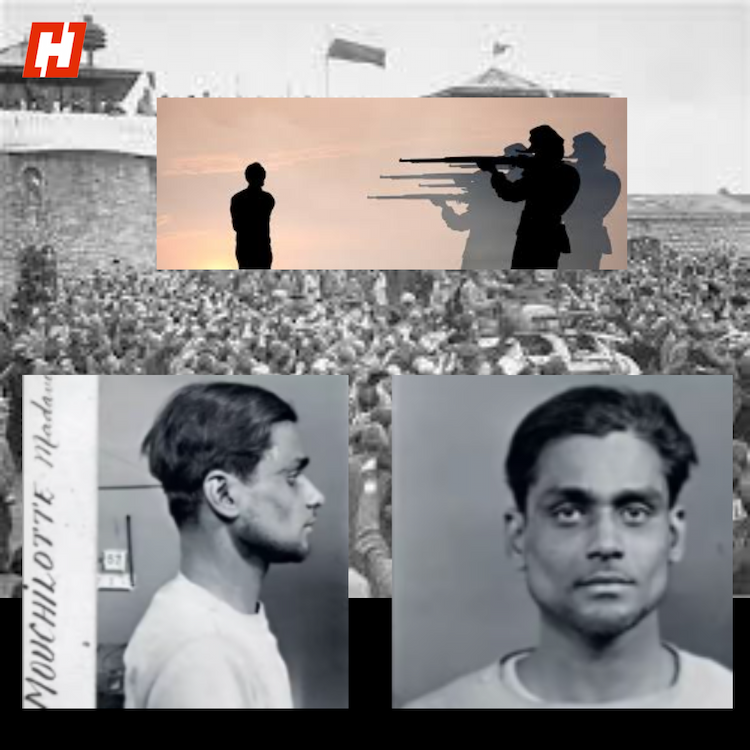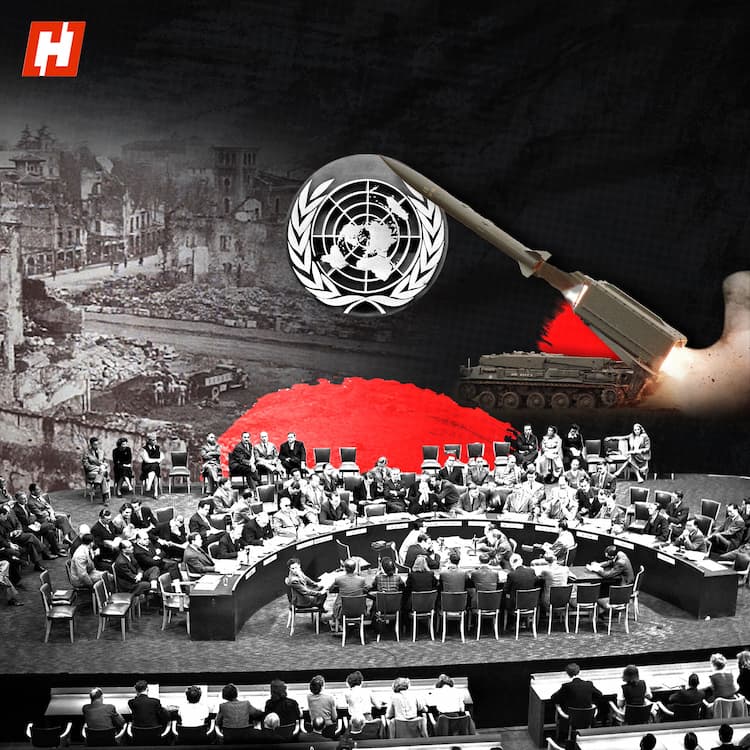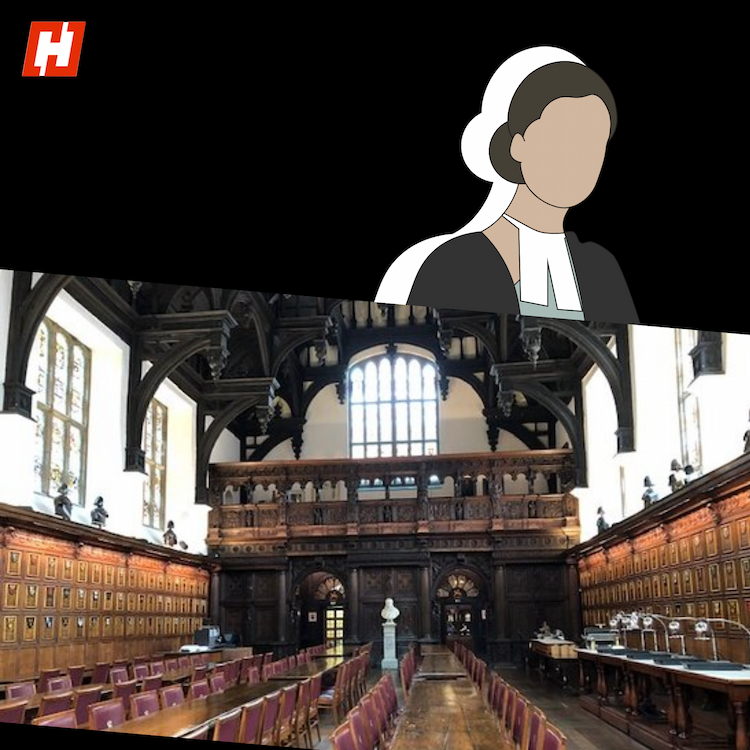The ‘Standing Boy of Nagasaki’ is a poignant photograph taken in 1945 2 months after the atomic bombing in Nagasaki. It was shot by Joe O’Donell, a U.S. Marine near a cremation site.
A harrowing picture
The image depicts a harrowing picture of a young boy carrying his baby brother’s lifeless body on his back in the devastated city of Nagasaki. The boy’s name remains anonymous but this snapshot has become a symbol of the devastation and darkness of war.
The witness
Joe O’ Donnell stated that he had seen this boy walking by, and although it was common for younger siblings to sit on their older ones’ backs this looked different. The older boy was barefoot and his expression was stoic. The baby’s head was tipped far back, as the boy stood there silently for five to ten minutes.
O’ Donnell went on to say, ‘The men in white masks walked over to him and quietly began to take off the rope that was holding the baby. That is when I saw that the baby was already dead.’ It was an unfathomable vision of a boy not more than ten saying goodbye to his younger brother forever.
Images from 'the' trunk
O'Donnell made personal copies of his Nagasaki photographs and kept them hidden in a trunk until 1989, when he put together a traveling exhibit and a book. O'Donnell's Japan 1945, Images From the Trunk was published in Japan in 1995.
Who was that boy?
There have been multiple efforts carried out to identify the boy in the picture. Masanori Muraoka identified him as a childhood playmate but could not recollect his name. He also remembered seeing him at the cremation site, but even Muraoka’s extensive efforts failed.
The 50-minute NHK documentary Searching for the Standing Boy of Nagasaki (2020) suggested the boy showed signs of radiation sickness, such as bleeding from the nose and eyes, likely due to searching for his family near the blast zone.
A symbol of the aftermath of war
This distressing photograph remains a symbol of the aftermath of war, and the destruction of individual identities and families that comes with it. The anonymity of the boy further amplifies how the image does not just depict a singular occurrence but a story of a people whose lives and families were destroyed by the war.
Image Credits:
https://www.amazon.in/Japan-1945-Marines-Photographs-Ground/dp/0826514677.
Disclaimer: This article has been curated by Hook. All claims and opinions expressed belong to the original author. Hook does not verify or endorse the information presented and is not responsible for its accuracy.







